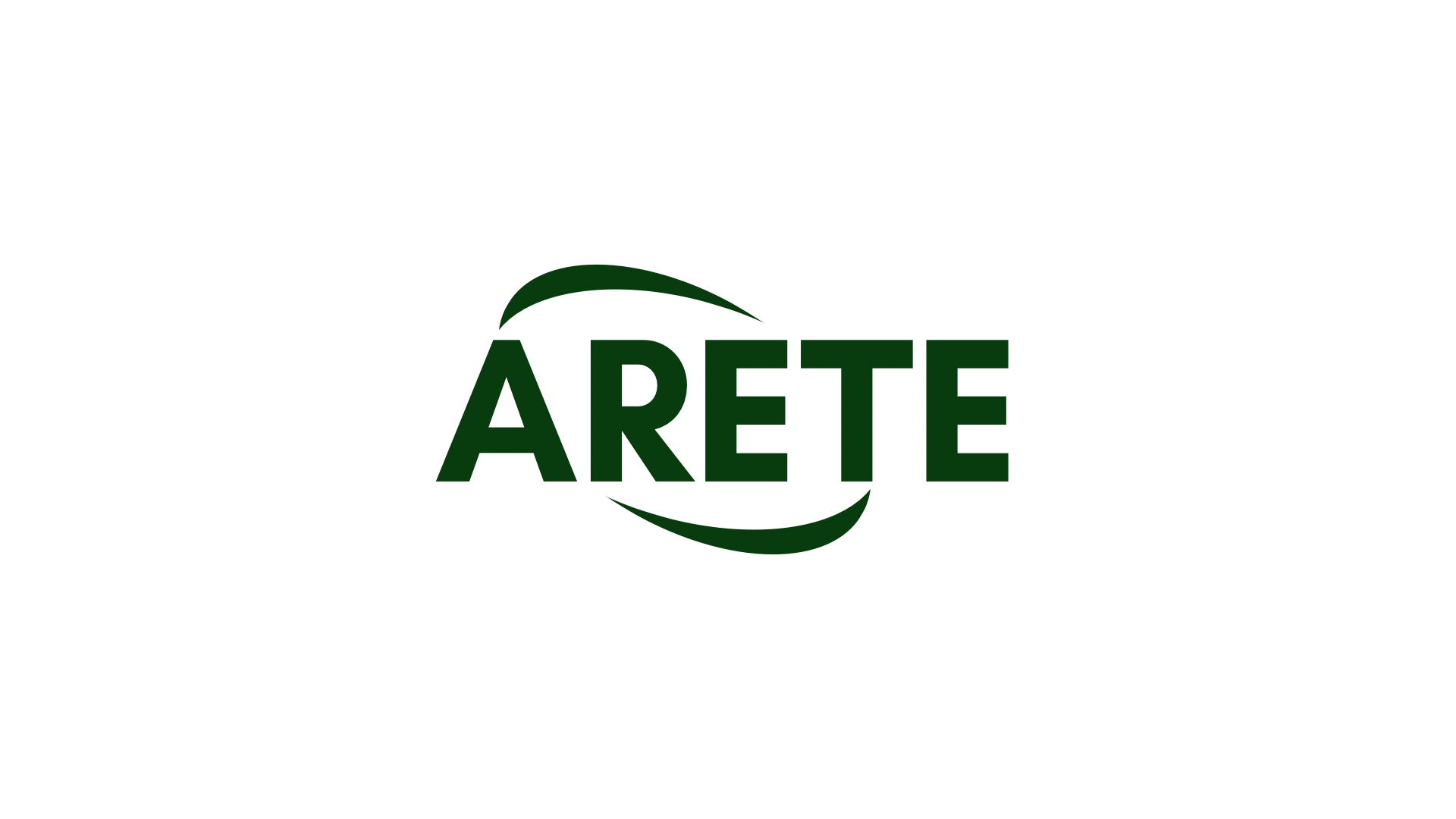Revolutionizing Trust: Leveraging Ethereum’s Decentralized Technology for a Secure and Transparent Blockchain
In recent years, the concept of decentralized trust systems has gained a lot of attention, and many promising solutions have emerged. One such system is inspired by Bitcoin’s technology, which has already proven its worth by replacing traditional centralized authority-based systems with secure, transparent, and democratic networks. In this article, we will explore how Ethereum’s decentralized architecture can be extended to support a distributed “trust” mechanism, capable of replacing SSL (Secure Sockets Layer) encryption.
The Problem with SSL Encryption
SSL is a widely used technology that relies on centralized trust centers to ensure secure communication between clients and servers. These trust centers are typically hosted by organizations like Comodo or VeriSign, which manage the certificates they issue to verify users’ identities. However, this centralized approach has several limitations:
- Centralized control: SSL certificate issuance is controlled by a single entity, making it vulnerable to tampering or exploitation.
- Key management

: Managing public and private keys for each certificate issuer and user can be complex and expensive.
- Certificate revocation
: Issuing new certificates requires updating trust centers, which can lead to delays in implementing security patches.
Ethereum’s decentralized solution
Building on these limitations of SSL encryption, Ethereum offers a decentralized solution to implement secure and transparent blockchain-based systems. By leveraging its distributed ledger technology (DLT), Ethereum allows users to participate in the process of validating digital identities and certificates, ensuring that all parties involved have equal access to the information.
Decentralized Trust Mechanisms
Ethereum offers several mechanisms to achieve decentralized trust:
- Public Key Infrastructure (PKI): The Ethereum network allows users to create and manage their own public and private keys, allowing for self-sovereign identity management.
- Certificate Authority (CA) Systems: Organizations can establish their own CA systems, which issue digital certificates proving the identity of individuals or organizations.
- Transparent Voting Mechanisms: Decentralized voting systems allow users to participate in the process of validating digital identities and certificates, ensuring accountability and transparency.
Replacing SSL with Ethereum
In essence, Ethereum’s decentralized architecture allows for a distributed trust system where no single entity controls or manipulates information. This ensures that:
- Identity verification is secure: Users can verify their identities without relying on centralized authorities.
- Certificate revocation is transparent: The process of issuing and revoking certificates is transparent, allowing users to inspect the history of certificates issued by a particular authority.
- Trust is distributed: Trust is no longer concentrated in a single entity or center; instead, it is spread across the entire decentralized network.
Potential applications
The decentralized trust system enabled by Ethereum has far-reaching implications:
- Identity verification: Users can verify their identities without relying on centralized authorities, allowing for secure and efficient identity management.
- Certificate-based authentication: Organizations can issue digital certificates that are validated by users’ sovereign identities, providing secure and transparent authentication processes.
- Trustless Transactions: Decentralized trust system can enable trustless transactions, where parties interact directly without relying on a centralized authority.

